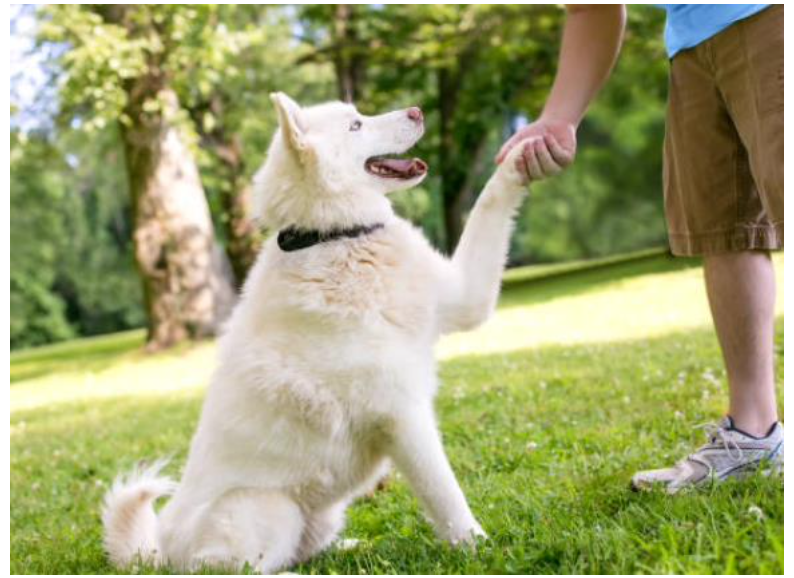Menu
Log in
- Home
- Pet Owners
- Dog Advice
Dog Advice
© 2024 Pet Professional Guild Australia | Information |
The Pet Professional Guild Australia acknowledge Aboriginal and Torres Strait Islander peoples as the Traditional Custodians of the lands where we live, learn and work. |
Developed by Ansid Media | Powered By WildApricot

